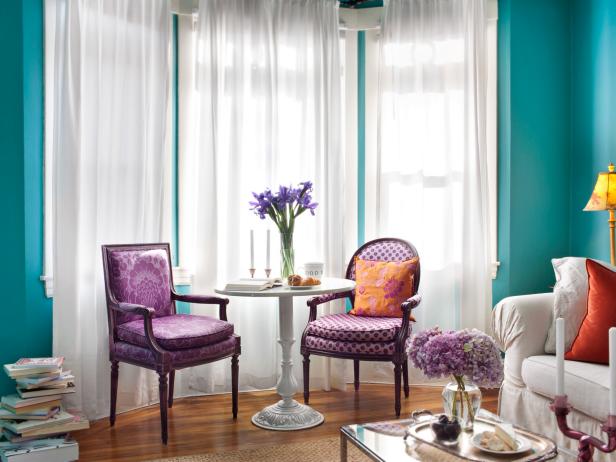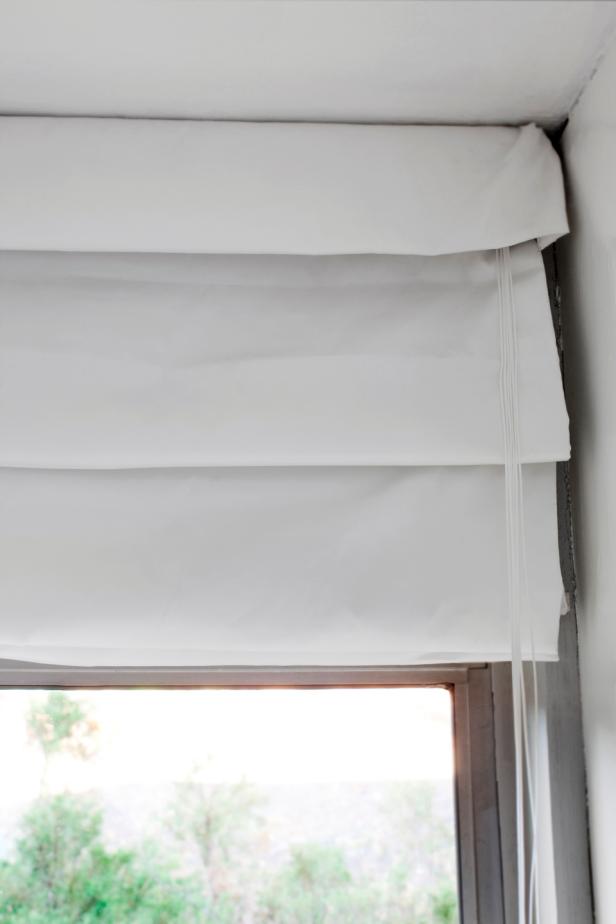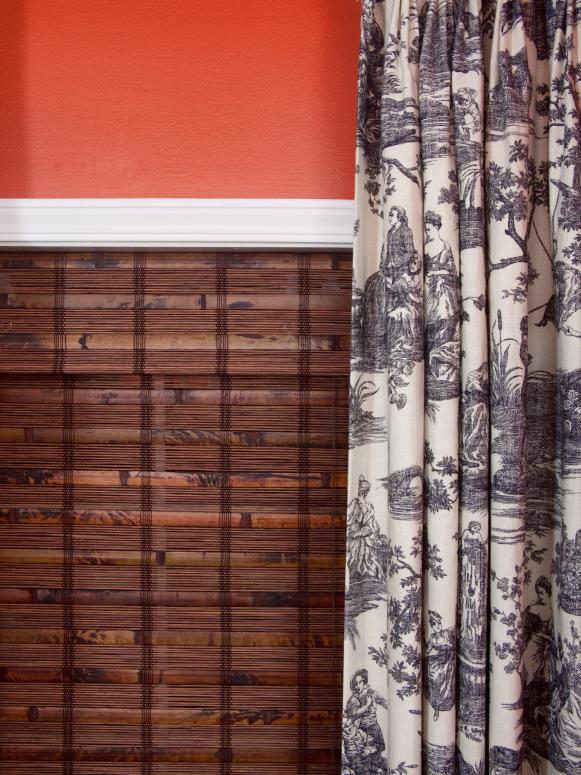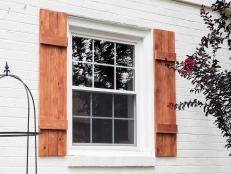Stylish Ways to Dress Your Windows

Brian Patrick Flynn
Unless you're having a party, the old cliché about bringing the outdoors in is fine for many of us until the sun goes down. When interior lighting turns a house into a fishbowl in the moonlight, its often time to close the blinds, pull the draperies, shut out the outside world.
Night or day—the best window treatments offer form and function at any hour. Not simply decorative, the right window treatments work hard when needed. They provide privacy, block sunlight, insulate against outdoor temperatures, absorb sound, and provide a unified look from the street. But on an aesthetic level, within a living room they can solve some of the biggest decorating dilemmas, by transforming a mundane wall, visually expanding a ceiling's height, or setting off a spectacular view.
Designer Ann Lowengart says she begins planning window treatments by considering their function first. "It all begins with the client's intended use of the room," she says. "That helps to determine how much privacy they're looking for, the amount of natural light they want, or if the treatments will be simply for decorative use." Once that's determined, the style, materials, and hardware comes in.


Designers Alison Vanderpool and Ariana Villalta of The Elegant Abode also like to soften living room windows with drapery panels, especially those made of linen or velvet, which brings more texture to a room. "Our favorite is a French pleat panel on rings with antique brass hardware," Vanderpool says. "We like to layer window treatments by placing woven blinds behind the panels for a more organic look."

Brian Patrick Flynn
But hanging panels from the right spot: It's a bit like dressing a person. Aim for flattering, not a trendy one-size-fits-all. "Are you trying to enhance the existing architecture or disguise a design flaw?" asks designer Andrea Brooks. "Do you want to elongate the windows or trick the eye to raise the ceilings? Hang your rod up to the molding to raise the look of the ceiling. Pay attention to all of the details, including the style of the drapery—pleated is more formal, and grommets give a clean, modern, and sometimes masculine feel," she says.
Consider how many panels a window might need—it might not be as obvious as you think. A double window might have panels on each side, as well as one in the middle. It could have two panels on each side for a generous, blowsy feel. (Some experts recommend having a seamstress sew panels together to ensure consistent coverage).
For more modern, informal rooms, Roman shades, woven shades, and wooden shutters can fit the bill. These require a bit more precision—they generally fit within a space or just outside it—and as a result don't offer the same amount of creative license and dramatic problem solving that drapery panels do. But that’s ok too. They’ll still bring pattern, texture, and privacy to your living room—allowing you to wave nighty-night to the fish-bowl effect.













































